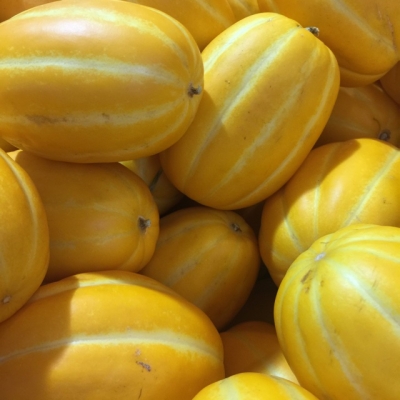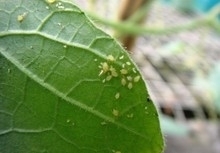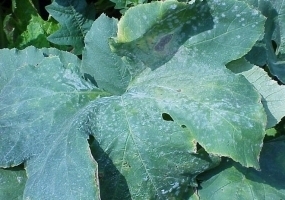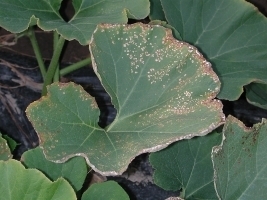Tinda 48: Its vines are 75 to 100cm longs. Its leaves are light green and fruits are of medium size. Fruits are round having shining light green color. It gives average yield of 25qtl/acre.
Tinda Ludhiana: Fruits are having light green, of medium size and having flat round shape. Each vines bears 8-10fruits. Its flesh is tender, of white color, contains less seeds and having good cooking quality. Ready to harvest in 60days after sowing. It gives average yield of 18-24qtl/acre.
Patty Pan: Ready to harvest in 75-80days. Fruits are white color. Gives average yield of 22ton per acre.
Early Yellow Prolifilic : Early variety. Its fruits are medium size and changes its color to yellow on ripening.
Australian Green: Early and bushy type variety. Fruits are greenish white. Suitable for late sowing.Gives average yield of 60qtl/acre.
Pusa Alankar: Very early high yielding variety. Its fruits are dark green. Its flesh is tender with delicious flesh.
Other States Variety
Arka Tinda: Developed at Indian Institute of Horticulture Research, Bangalore.
Anamalai Tinda
Mahyco Tinda
Swati : Fruits are of dark green color. Ready to harvest in two month.














